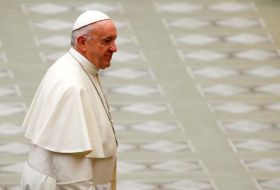Their light takes millions of years to reach us, so we see them as they were a long time ago. For example, if a galaxy is 10 million light years away we see it as it was 10 million years ago; long before our species evolved.

Meet the Pinwheel galaxy, also called Messier 101. It is 25 million light years away from Earth. This image remains the most detailed photo of a spiral galaxy taken by Hubble. This enormous spiral of stars is 170,000 light years from one end to the other, twice the size of our own galaxy, and is thought to be home to over one trillion stars

A little bit further away at 28 million light years from us, this is the Sombrero galaxy (M104). It is 50,000 light years across and about the size of 800 billion suns.

These two spiral galaxies, known as the Antennae galaxies, were once separate but are slowly being pulled together by gravity. They began their interaction several hundred million years ago. At 45 million light years away, they are the closest-known colliding galaxies

This lonely spiral galaxy (NGC 6503) is at the edge of an extremely large empty patch of space referred to as "the local void" and is about 18 million light years from us. It is the only known galaxy in an otherwise star-less darkness that spans 150 million light years
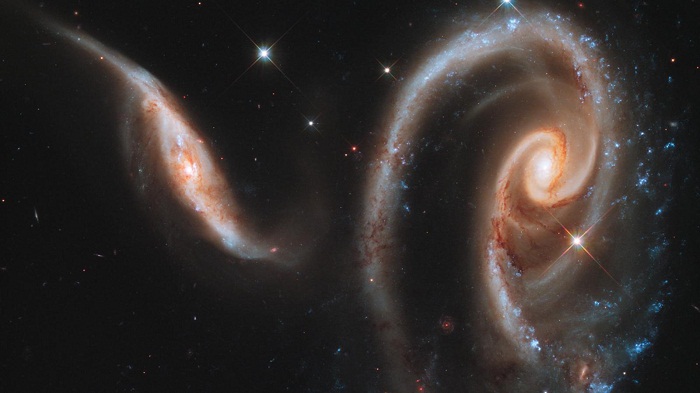
Two galaxies collide into the shape of a rose, its light reaching us from 200 million light years away. Collectively they are called Arp 273. The larger one on the right is UGC 1810, its spiral shape caused by the gravitational pull of its partner galaxy UCC 1813. The bright blue dots that surround the larger galaxy are burning hot young stars

Large amounts of gas from this galaxy (M106) are thought to be falling into a supermassive black hole at its centre. M106 lies just over 23 million light years away, in the constellation Canes Venatici
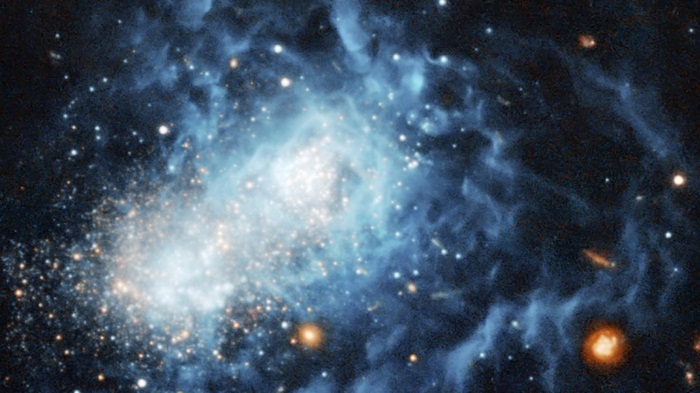
This dwarf galaxy, I Zwicky 18, is much smaller than our own Milky Way. It is 59 million light years from us and the bluish-white knots in its heart may be large star-forming regions.

Here is a close-up view of a star-forming region in the Southern Pinwheel galaxy (M83). It is forming stars much more quickly than our own Milky Way. The reddish hue reveals its many young new stars, some only a few million years old. M83 is only 15 million light years away
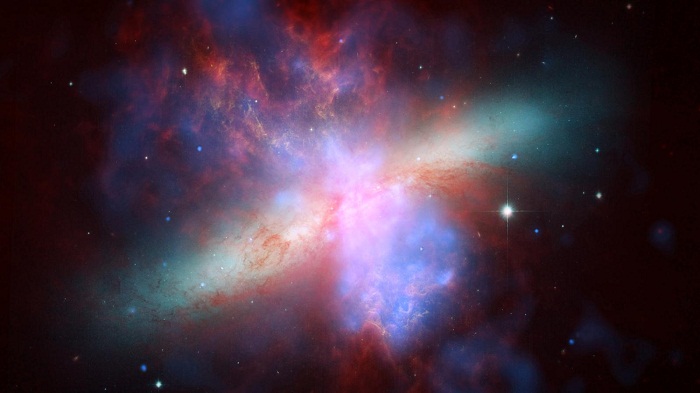
This composite image combines multi-wavelength images of the active galaxy M82 from three observatories: Hubble Space Telescope, Chandra X-Ray Observatory, and Spitzer Space Telescope. It is only 11.5 million light years from us, making it the closest galaxy on this list.

There is a hungry supermassive black hole at the centre of galaxy NHC 1275. The black hole causes this distant galaxy to emit strong X-rays, which we can now observe 230 million years later
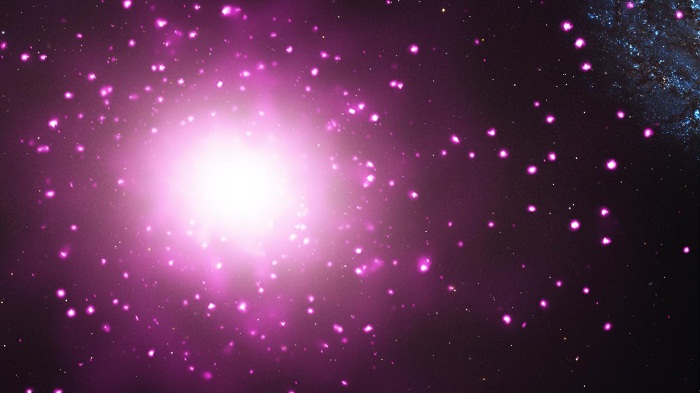
Meet an extremely dense galaxy called M60-UCD1. It has a mass of more than 200 million times that of our Sun, and it is about 54 million light years from Earth
More about:























